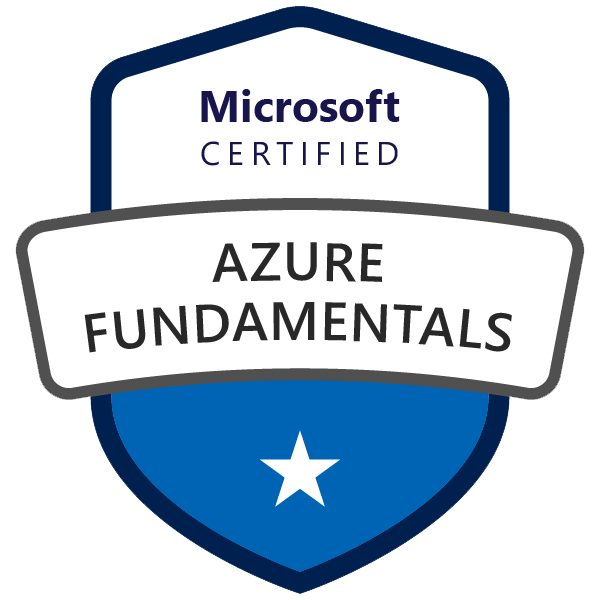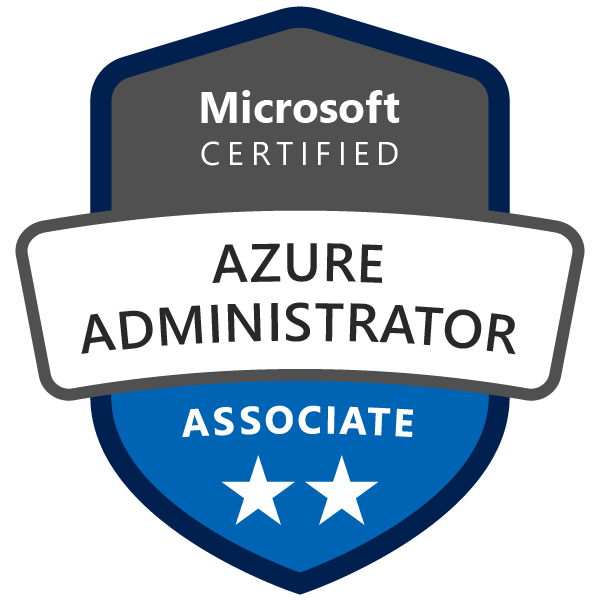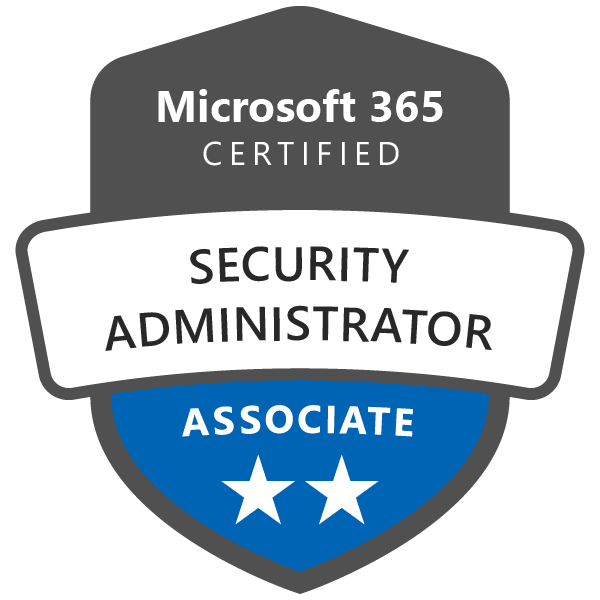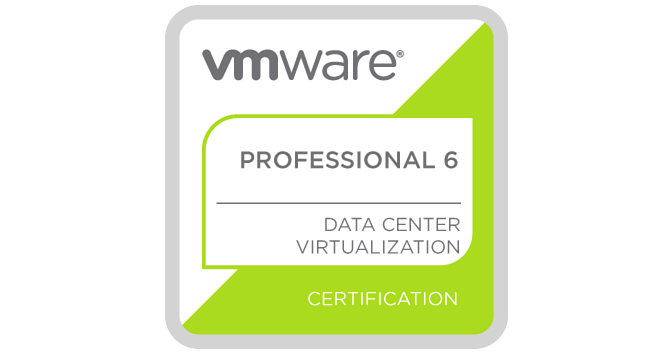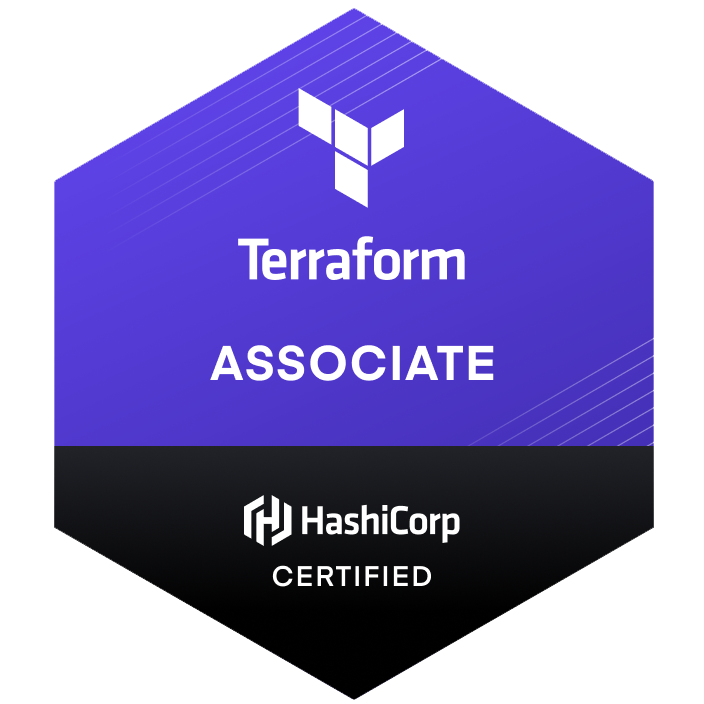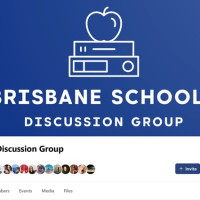Table of Contents
- Introduction
- Why Azure Storage Lifecycle Management Is a Game-Changer
- Real-Life Use Cases for Azure Storage Lifecycle Management
- How to Set Up Azure Storage Lifecycle Management with Terraform
- Pro Tips for Mastering Lifecycle Management
- A Real-World Win: Automating Backup Management
- Why Terraform and Lifecycle Management Are a Perfect Match
- Conclusion
Introduction
When it comes to managing cloud data, we all want solutions that are efficient, cost-effective, and scalable. That’s exactly what Azure Storage Lifecycle Management offers. Pair it with Terraform, the infrastructure-as-code (IaC) tool we’ve all come to love, and you unlock a level of automation that takes data management to the next level.
In this blog, I’ll share how I’ve used Terraform to configure Lifecycle Management policies for Azure Storage, tackling real-world challenges like reducing storage costs, automating data tiering, and ensuring compliance with governance policies. You’ll get a deep dive into the use cases, step-by-step implementation, and insider tips - all written from my hands-on experience.
Why Azure Storage Lifecycle Management Is a Game-Changer
We’ve all been there: massive storage bills, data scattered across tiers, and the constant headache of manual cleanup. Azure Storage Lifecycle Management is the hero we need, bringing automation and order to the chaos.
Here’s why this feature is a must-have:
1. Cost Optimization
Cloud storage isn’t cheap, especially when you’re paying for Hot-tier performance for data you haven’t accessed in months. Lifecycle Management allows you to automatically transition data to cheaper tiers - Cool or Archive-based on usage patterns, slashing unnecessary costs while maintaining access when you need it.
Think about old backups or infrequently accessed logs. Why pay premium rates when they can live happily (and affordably) in Archive?
2. Smarter Data Management
Manual data management is a thing of the past. With Azure Storage Lifecycle Management, you can set up rules that handle your data based on age, type, or access frequency.
For example, move monthly reports to the Cool tier after 30 days and Archive them after 90 days - all without lifting a finger. It’s not just automation; it’s peace of mind.
3. Compliance Without the Stress
Whether it’s GDPR, HIPAA, or internal governance, compliance requirements can be a nightmare to enforce manually. Lifecycle policies let you automate retention and deletion based on predefined rules, ensuring your organization stays compliant with minimal effort.
For instance, set a policy to retain financial data for seven years and automatically delete it afterward, reducing both risk and storage bloat.
Real-Life Use Cases for Azure Storage Lifecycle Management
Let’s dive into the practical applications. These aren’t just abstract ideas; they’re scenarios I’ve faced (and solved) using Lifecycle Management.
Automated Data Tiering
If you’re like me, you have tons of data that starts out hot but cools down over time. With Lifecycle Management, you can seamlessly transition this data to cheaper tiers.
- Example: Move web server logs to the Cool tier after 15 days and to Archive after 90 days.
Policy-Driven Deletion
Sometimes, the best way to manage data is to let it go. Policies can automatically delete stale data that’s no longer needed, keeping your storage clean and efficient.
- Example: Delete application backups older than one year.
Snapshot Lifecycle Management
Snapshots are a lifesaver during development and debugging, but they can quickly pile up. Policies ensure old snapshots don’t clutter your storage account.
- Example: Delete VM snapshots older than 90 days, retaining only the latest ones for recovery.
How to Set Up Azure Storage Lifecycle Management with Terraform
Terraform makes managing Azure resources as simple as writing a script, and Lifecycle Management policies are no exception. Here’s how I did it.
Prerequisites
- An Azure account with appropriate permissions.
- Terraform installed on your machine.
- Basic knowledge of Terraform syntax and Azure services.
Implementing a Basic Setup
First, set up your Terraform provider for Azure and define a resource group and storage account:
provider "azurerm" {
features {}
}
resource "azurerm_resource_group" "example" {
name = "example-resources"
location = "East US"
}
resource "azurerm_storage_account" "example" {
name = "examplestoracc"
resource_group_name = azurerm_resource_group.example.name
location = azurerm_resource_group.example.location
account_tier = "Standard"
account_replication_type = "LRS"
}
Implementing Lifecycle Management Policy
Now, let's define a lifecycle management policy:
resource "azurerm_storage_management_policy" "example" {
storage_account_id = azurerm_storage_account.example.id
rule {
name = "rule1"
enabled = true
filters {
prefix_match = ["container1/prefix1"]
blob_types = ["blockBlob"]
}
actions {
base_blob {
tier_to_cool_after_days_since_modification_greater_than = 30
tier_to_archive_after_days_since_modification_greater_than = 90
delete_after_days_since_modification_greater_than = 365
}
snapshot {
delete_after_days_since_creation_greater_than = 90
}
}
}
}
In this example, we define a rule that moves blobs to the cool storage tier after 30 days, to the archive tier after 90 days, and deletes them after 365 days. Snapshots are deleted after 90 days.
Pro Tips for Mastering Lifecycle Management
1. Regular Policy Reviews
Business needs change, and so do your data requirements. Schedule regular reviews of your Lifecycle Management policies to ensure they align with current goals.
2. Test in a Non-Production Environment
Before deploying policies in production, test them in a sandbox environment. This avoids unpleasant surprises like accidental data deletion.
3. Use Monitoring Tools
Azure provides robust monitoring and logging capabilities. Use these tools to track policy execution and catch issues early.
4. Optimize for Tags
Applying tags to your resources can make lifecycle policies more targeted and effective. For example, tag critical data for extended retention while applying stricter deletion policies to non-essential data.
A Real-World Win: Automating Backup Management
Here’s a quick story from my experience:
Our team was dealing with a mountain of backup logs, most of which were rarely accessed. Manually managing this data was becoming a full-time job. Using Terraform and Azure Storage Lifecycle Management, I:
- Transitioned logs to the Cool tier after 15 days.
- Moved them to Archive after 90 days.
- Automatically deleted logs older than one year.
The result? A 40% reduction in storage costs and a much happier operations team.
Why Terraform and Lifecycle Management Are a Perfect Match
By combining the automation capabilities of Terraform with the powerful policies of Azure Storage Lifecycle Management, you can:
- Simplify data management.
- Automate cost-saving measures.
- Ensure compliance with ease.
It’s a win-win for any organization looking to streamline their cloud storage strategy.
Conclusion
Azure Storage Lifecycle Management isn’t just a feature - it’s a necessity for anyone serious about managing data effectively in the cloud. With Terraform, implementing these policies becomes second nature. Whether you’re reducing costs, automating tiering, or ensuring compliance, this duo has you covered.
Ready to optimize your Azure Storage? Start exploring azurerm_storage_management_policy today and watch your cloud costs drop while your data strategy soars.




